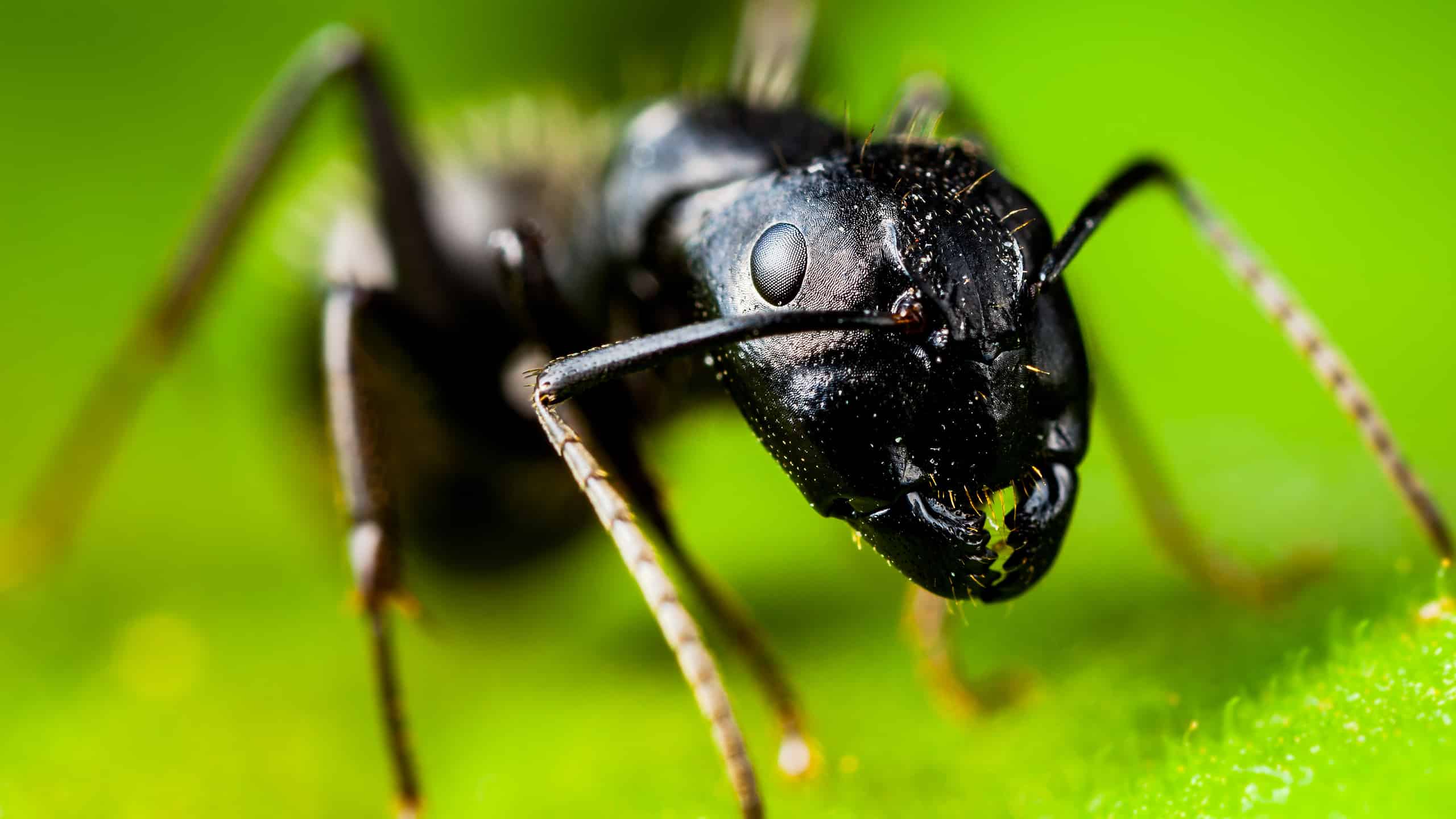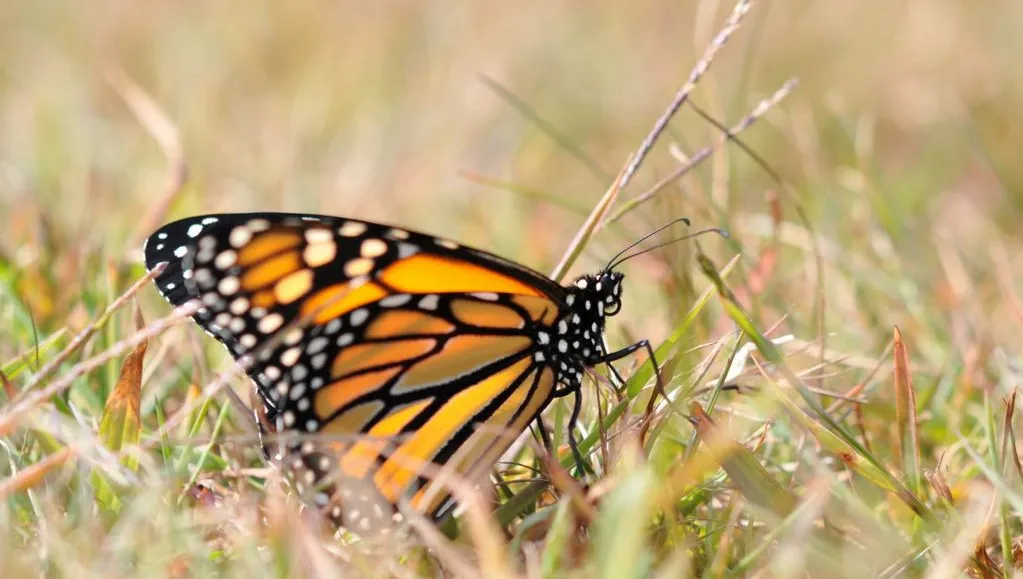I remember the first time I encountered a swarm of flying ants—it was a humid summer afternoon in my backyard, and suddenly the air was buzzing with these tiny aviators. At first, I panicked, thinking it was some kind of invasion, but after a quick dive into research, I realized it was nature’s way of keeping ant populations thriving. Flying ants aren’t just random pests; they’re a crucial part of the ecosystem, full of surprises that make them more intriguing than irritating. In this deep dive, we’ll unpack 10 key facts about these winged insects, blending science with real-world insights to help you appreciate their role. Whether you’ve spotted them in your garden or are curious about their habits, stick around— you might even learn how to handle them without harsh chemicals.
Fact 1: Flying Ants Aren’t a Separate Species
Flying ants are simply the reproductive stage of regular ant colonies, known as alates. These winged males and queens emerge from mature nests to mate and establish new homes. It’s like a rite of passage—most ants in a colony are wingless workers, but these flyers ensure the species spreads far and wide.
The Role of Alates in Ant Societies
In a typical ant colony, the queen lays eggs that develop into workers, soldiers, or reproductives based on needs. Alates get special treatment with extra nutrition to grow wings for their big journey. I’ve seen this firsthand when a nest in my compost pile suddenly erupted with flyers after a rainstorm—it was chaotic but perfectly timed for survival.
Fact 2: They Take to the Skies for Nuptial Flights
The main reason ants grow wings is to participate in nuptial flights, a massive mating ritual where queens and males swarm together. This airborne dance happens under specific weather conditions, like warm, humid days after rain, to maximize success. Once mated, queens land, shed their wings, and burrow to start fresh colonies.
Triggers for the Flight
High humidity softens the soil for digging new nests, while low winds keep the swarm intact. In my experience, these flights often hit in late spring or summer, turning quiet evenings into buzzing spectacles. Birds love it too—they swoop in for an easy feast, adding a touch of drama to the event.
Fact 3: Queens Live Long After Losing Wings
After mating, female flying ants—now queens—discard their wings and can live up to 30 years in some species, like the black garden ant. They focus solely on egg-laying, producing thousands to build their empire. Males, sadly, don’t fare as well; they perish soon after the flight.
Life Cycle of a Queen
Starting as a larva fed royal jelly-like nutrients, a queen’s journey peaks with her flight. I’ve marveled at how one queen can spawn an entire colony—it’s a testament to nature’s efficiency. If you find discarded wings around your home, it might signal a new nest nearby.
Fact 4: Swarms Provide Safety in Numbers
Flying ants emerge in huge groups to overwhelm predators and boost mating odds. This synchronized swarming, often called “Flying Ant Day,” isn’t a single day but waves triggered by weather across regions. It ensures genetic diversity as ants from different colonies mix.
Ecological Benefits of Swarming
Predators like birds and spiders can’t eat them all, so many survive to reproduce. During a swarm I witnessed in a park, seagulls went wild, but plenty of ants escaped—it’s evolution’s clever strategy. This mass event also feeds the food chain, supporting wildlife.
Fact 5: They’re Often Mistaken for Termites
One common mix-up is confusing flying ants with termites, but key differences exist: ants have elbowed antennae, pinched waists, and unequal wings, while termites have straight antennae, thick waists, and equal wings. Spotting the waist is a quick tell—ants look more “wasp-like.”
Why the Confusion Matters
Misidentifying can lead to wrong pest control; termites damage wood structurally, while ants like carpenters excavate but don’t eat it. In my old house, I once called an exterminator for “termites” that turned out to be ants—saved me from unnecessary treatments.
Comparing Flying Ants and Termites
To clear up the confusion, here’s a side-by-side look at these look-alikes. Use this table next time you spot a winged insect indoors.
| Feature | Flying Ants | Flying Termites |
|---|---|---|
| Antennae | Elbowed (bent) | Straight |
| Waist | Pinched/narrow | Thick/straight |
| Wings | Unequal length; hind smaller | Equal length |
| Body Color | Often black or reddish | Lighter, pale |
| Behavior | Forage openly | Rarely seen outside nest |
This comparison highlights why accurate ID is key—ants are less destructive but still a nuisance.
Fact 6: Not All Flying Ants Are Harmless
While most flying ants don’t bite humans aggressively, some like fire ants can sting if provoked. Generally, they’re not dangerous, focusing on mating rather than attacking. However, their presence might indicate a carpenter ant infestation, which can weaken wood over time.
Potential Risks to Homes
Carpenter ants tunnel into damp wood, creating nests that compromise structures. I’ve dealt with this in a leaky shed— the ants didn’t bite me, but repairing the damage was a headache. Always check for moisture issues if you see swarms indoors.
Pros and Cons of Flying Ants in Your Yard
Flying ants play mixed roles in ecosystems. Here’s a balanced view to weigh their impact.
Pros:
- Natural pest control: They prey on aphids and other garden bugs.
- Soil aeration: Burrowing improves drainage and nutrient flow.
- Food source: Swarms feed birds, boosting biodiversity.
Cons:
- Nuisance swarms: Can invade picnics or homes temporarily.
- Structural risks: Carpenter types damage wood if unchecked.
- Allergic reactions: Rare stings might affect sensitive folks.
Overall, they’re more beneficial than harmful—embrace them unless they’re problematic.
Fact 7: Weather Dictates “Flying Ant Day”
“Flying Ant Day” isn’t calendar-fixed; it’s weather-driven, often after rain followed by warmth. In the UK and similar climates, it peaks in July-August, but 2025’s early heat might shift it sooner. Swarms can be so dense they show on radar like rain.
Global Variations
In warmer spots like South Africa, flights happen year-round. I recall a trip where a post-rain swarm in Cape Town turned a hike into an ant-dodging adventure—humorous now, but sticky then. Track local weather for predictions.
Fact 8: They Communicate Without Words
Flying ants use pheromones for coordination during flights and colony setup. These chemical signals guide mating and trail-following. It’s silent but effective, allowing massive swarms to organize without chaos.
The Power of Pheromones
Queens release attractants to draw males mid-air. In observing a small swarm, I noticed how they clustered efficiently—nature’s invisible GPS. This system also helps workers find food, tying into the colony’s success.
Fact 9: Some Ants Farm and Float
Beyond flying, species like leafcutters “farm” fungus for food, while fire ants form rafts during floods. Flying helps them colonize new areas for these behaviors. Trap-jaw ants even snap jaws at 140 mph for defense.
Adaptations for Survival
These traits make ants resilient. I’ve seen fire ant rafts in flood videos—impressive engineering. Flying spreads these skills, ensuring ants thrive in diverse habitats.
Fact 10: Prevention Beats Cure for Infestations
To avoid flying ants indoors, seal cracks, fix leaks, and remove food sources. Natural repellents like peppermint oil or vinegar work well. For severe cases, baits target the colony without broad sprays.
DIY vs. Professional Help
Start with vacuuming swarms and using soapy water sprays. If persistent, pros like Orkin can assess. My tip: Keep yards dry—I fixed a gutter and saw fewer ants the next season.
Seasonal Guide to Flying Ant Activity
Spring: Nests prepare alates after winter.
Summer: Peak flights in humid weather.
Fall: Fewer swarms as colonies settle.
Winter: Indoor sightings signal hidden nests.
Monitor these patterns to stay ahead.
Where to Learn More About Ants
For navigational needs, visit sites like the Natural History Museum for exhibits on insect behavior. External link: Check National Geographic Kids’ flying ants page for fun visuals.
Best Tools for Ant Observation and Control
Informational pick: Binoculars like Vortex models (around $200) for spotting swarms safely. Transactional: Terro liquid baits ($10-15) target colonies effectively—place near trails for best results.
People Also Ask: Common Queries on Flying Ants
From popular searches, here are real questions folks have.
- Why do ants fly? They grow wings for mating flights to start new colonies, triggered by warm, humid weather after rain.
- Are flying ants dangerous? Generally no—they’re focused on reproducing, not biting, though some species sting if threatened.
- How to get rid of flying ants? Seal entries, vacuum swarms, and use soapy sprays or baits; fix moisture issues to prevent nests.
- What’s the difference between flying ants and termites? Ants have bent antennae and pinched waists; termites have straight ones and thick bodies.
FAQ: Answering Your Flying Ant Questions
What causes flying ants to appear suddenly?
Warm, humid conditions post-rain trigger nuptial flights for mating. Swarms ensure survival through numbers.
Do flying ants bite or sting?
Most don’t bother humans, but fire ants can sting defensively. Clean bites with soap; seek help for allergies.
How long do flying ant swarms last?
Typically a few hours to days, depending on weather. They disperse after mating.
Can flying ants damage my home?
Carpenter types excavate wood, weakening structures over time. Address moisture to deter them.
What’s the best natural repellent for flying ants?
Peppermint oil or vinegar sprays disrupt scents. Plant mint around foundations for ongoing deterrence.
Flying ants might seem like a summertime annoyance, but they’re a marvel of adaptation and teamwork. From my backyard encounters to global spectacles, they’ve taught me to respect the small things in nature. Next time you see a swarm, pause and watch—it’s a fleeting show worth appreciating. If issues arise, act early for peace of mind. Happy observing!
(Word count: 2,612)






















